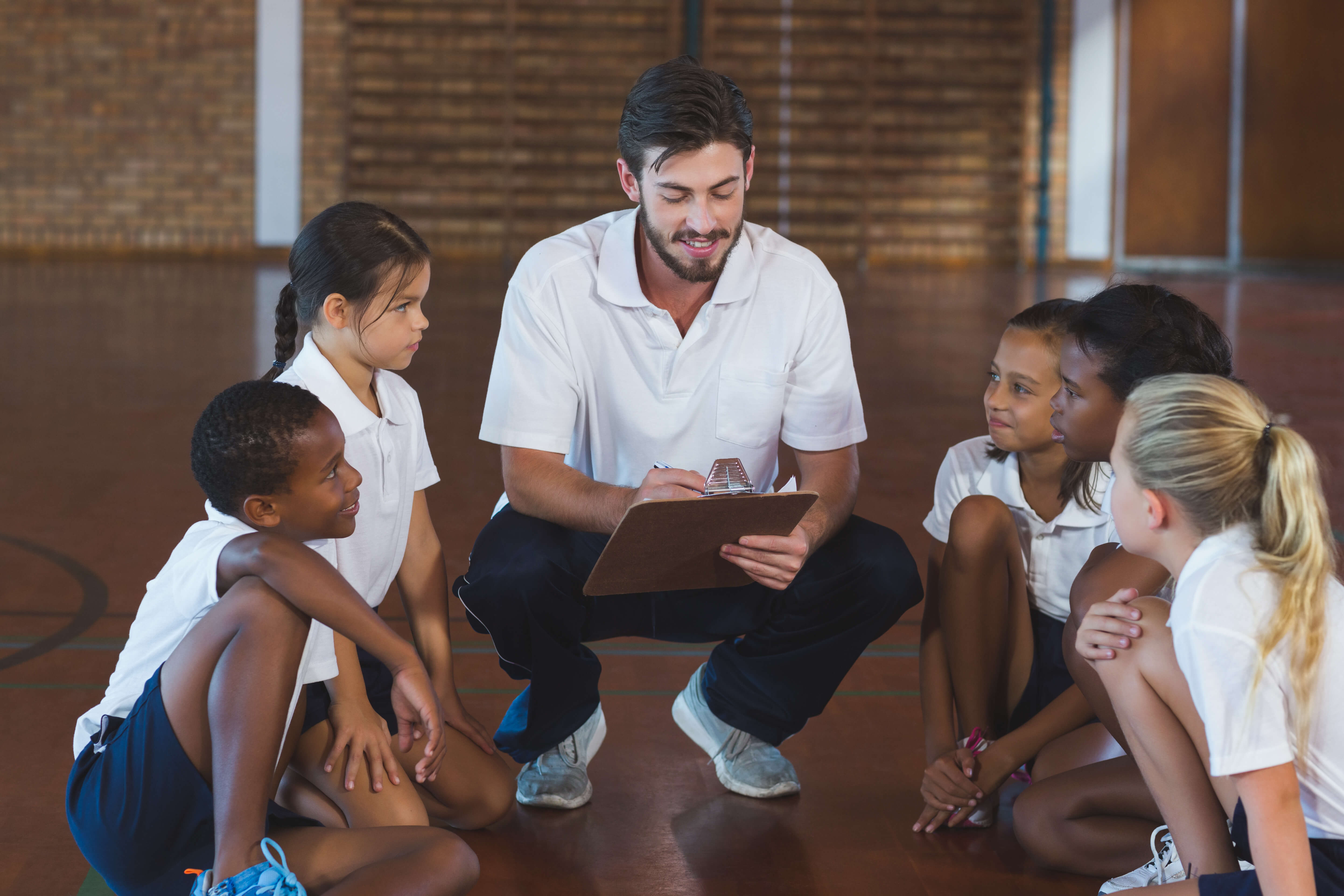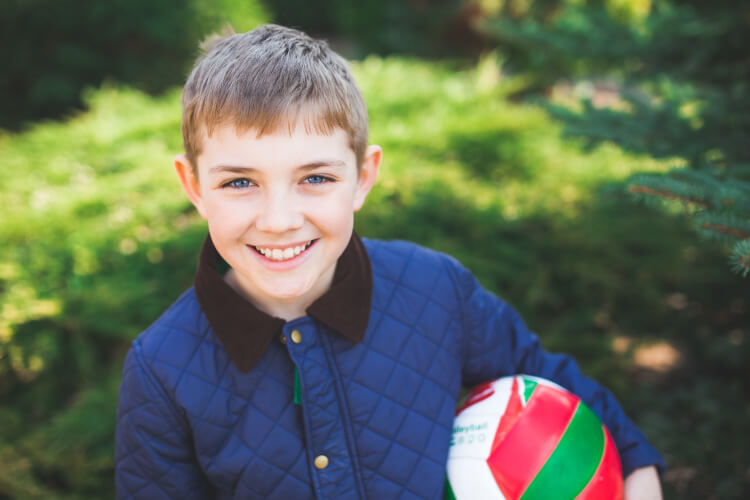What is Physical Education’s Purpose?
I am neither a philosopher nor a sociologist, but the four rationales I commonly hear for physical education are:
Physical education has intrinsic value
Here physical education is valued as a fundamental form of human behavior -play, for its ability to create what in its simplest form might be described as the joy of moving. Play either as childhood play (e.g., spontaneous and invented games) or as organized and formal adult play (e.g., sports, dance, yoga). If physical education is rationalized in terms of intrinsic value the primary outcomes for teaching become turning kids on to moving, or what Siedentop (1980) called approach tendencies towards physical education, that is, a student’s willingness to engage in the content. This willingness is the result of a history of positive experiences with the content of physical education. Such a history requires that students are competent performers in the content. This can be contrasted with roll-out-the-ball approaches that cannot sustain joy-of-movement as an outcome because students fail to become competent.
(Editor’s Note: Originally published in PHE America April 1, 2014)


